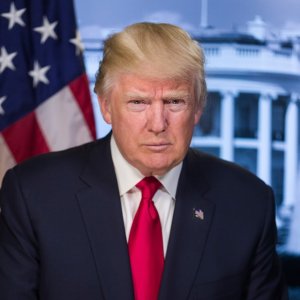The New Atlas for Investment Attraction

STORY INLINE POST
How can we develop new industries in Mexico? How can we attract global companies to territories that offer conditions for future development of the sector to which they belong?
The Directorate-General for Global Investment (DGGI) at the Ministry of Foreign Affairs is Mexico’s economic promotion agency abroad. We work through our extensive network of embassies and consulates around the world to put forward the conditions that make Mexico an ideal investment destination, as well as to help Mexican companies to grow abroad.
To accomplish the former, the DGGI established a strategic partnership with the United Nations Human Settlements Program (UN-Habitat) and the United Nations Industrial Development Organization (UNIDO) to develop an innovative and powerful platform: the Prospective Territorial-Industrial Atlas for Investment Attraction.
This Atlas tackles some of the most critical challenges that Mexico faces in terms of economic promotion: 1) it shows business people that Mexico is an ideal destination for their investment; 2) it identifies sectors with proven potential for future development in specific territories, and 3) it puts the need to have positive social impacts and mitigate adverse environmental and urban effects at the core of the strategy.
Making the Atlas a Reality>
The methodology to develop the Atlas began by taking into consideration some of the most important advantages we have as a country:
- A privileged geographical location with bi-oceanic infrastructure and access to both the North and Latin American markets.
- A solid free trade agreement framework that grants foreign products privileged access to over 60 percent of the world's GDP market.
- An ongoing process of near-, re- and ally-shoring and the reconfiguration of global value chains.
In addition to these well-known factors, the methodology considers the impacts that the COVID-19 pandemic has had on the global value chains and Mexico’s increasing participation in strategic industries.
The departure point for identifying sectors was the study published by BANCOMEXT – Mexico’s foreign trade bank – on strategic productive activities, which lists 27 priority industries. This was our initial universe of research.
Afterward, we ran a series of analyses of the conditions of these sectors at the local and global levels that considered the components of the value chains, such as the size of the market, competitors, growth rate, innovation and the presence of the sector in Mexico and worldwide.
This enabled us to better understand which industries have a greater potential for investment attraction as well as the conditions that may promote or hinder their growth. Consequently, the number of industries was refined to five strategic sectors (out of the initial 27).
A second series of analyses looked at the potential for industry development in each of Mexico’s 2,471 municipalities, which gave us an understanding of the relation between the territory and these five sectors. In other words, we acquired a better understanding of what parts of Mexico have a greater potential to develop those industries. This last analysis considered factors such as housing, climate, urban services, universities, and human capital, which any company must consider when establishing in a new territory, either for productivity matters or for the comfort and development of its employees.
Finally, we identified five industrial clusters:
- Wind turbines: Monterrey-Saltillo-La Laguna.
- Pharmaceutical: La Laguna-Durango-Mazatlan-Culiacan.
- Aerospace:Chihuahua.
- Agro-industry:Coatzacoalcos-Villahermosa-Palenque.
- Petrochemical:Tamaulipas.
For each of these sectors, we can determine their national and global conditions, the factors that support the potential to receive foreign investment and the conditions that the corridor offers. The full document containing this information and the summary of the methodology is available on our web page.
I would like to conclude by calling upon the states and municipalities included in this study to use it as a guide to attract investment; for companies to read it with the purpose of understanding Mexico’s potential for their investment; and for all the local and municipal governments to contact us if they are interested in learning more about this methodology or developing one for their own territories and industries.
Please share your comments
TW @ikerjimenezm
In collaboration with Marisol Torres @torres10marisol and Zyanya Castro @ZyanyaCastro
























